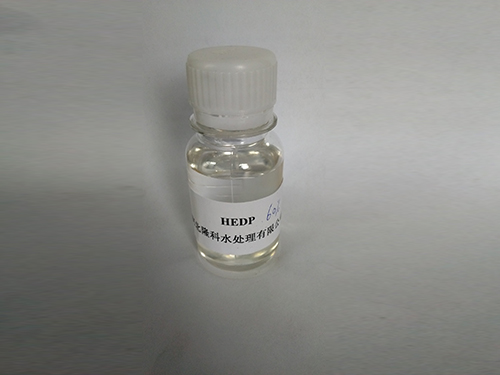Application of Polyacrylamide Flocculants in Effective Water Treatment Processes and Techniques
The Role of Polyacrylamide Flocculants in Water Treatment
Water is an essential resource for life, yet its quality is often compromised by pollutants and contaminants. Effective water treatment is crucial for ensuring that our natural water supplies remain safe for human use and ecological balance. Among the various methods employed in water treatment, the use of polyacrylamide (PAM) flocculants has emerged as a pivotal technology due to their effectiveness in coagulating and flocculating suspended particles in water.
The Role of Polyacrylamide Flocculants in Water Treatment
One of the primary mechanisms by which polyacrylamide flocculants operate is through the adsorption of particles onto their polymer chains. The charged groups on the polymer can neutralize the surface charge of suspended particles, leading to their agglomeration. For instance, cationic PAM, which carries a positive charge, is particularly effective for treating negatively charged contaminants such as clay and organic matter. This interaction promotes the formation of larger flocs, which can settle more rapidly, thus facilitating the removal of impurities through sedimentation or filtration processes.
polyacrylamide flocculant water treatment

The versatility of PAM in water treatment is evidenced by its application across various sectors, including municipal wastewater treatment, industrial effluent treatment, and even in the food and beverage industry. In municipal wastewater treatment plants, for example, PAM flocculants are often used in the secondary treatment phase to enhance the separation of solid and liquid phases, thereby optimizing the overall treatment process. Additionally, PAM has proved beneficial in controlling turbidity levels in raw water sources by effectively removing fine particles that contribute to cloudiness.
The environmental impact of polyacrylamide is also a point of consideration. While PAM is generally considered safe for use in water treatment, it is essential to manage its application carefully to minimize any potential residual effects. Some forms, particularly those containing unpolymerized acrylamide, can be toxic. However, the evolution of more advanced formulations with lower toxicity profiles has significantly mitigated these concerns. Moreover, PAM is biodegradable under certain conditions, which reduces its long-term environmental footprint compared to other synthetic flocculants.
As global water crises intensify, the demand for efficient water treatment solutions is more critical than ever. Polyacrylamide flocculants represent a valuable tool in this endeavor, providing an effective means to enhance water quality and ensure the safe use of water resources. Continued research and development in this area will likely yield even more innovative solutions, allowing for the optimization of flocculation processes and the tailoring of PAM products to meet specific treatment needs.
In conclusion, the role of polyacrylamide flocculants in water treatment cannot be overstated. Their ability to improve the efficiency of particle removal processes contributes significantly to the overall effectiveness of water treatment systems. As the world grapples with increasingly challenging water quality issues, leveraging the benefits of PAM will be instrumental in ensuring clean, safe water for all. Through careful application and ongoing innovation, polyacrylamide flocculants will remain a cornerstone of modern water treatment practices.
-
Water Treatment with Flocculant Water TreatmentNewsJun.12,2025
-
Polymaleic AnhydrideNewsJun.12,2025
-
Polyaspartic AcidNewsJun.12,2025
-
Enhance Industrial Processes with IsothiazolinonesNewsJun.12,2025
-
Enhance Industrial Processes with PBTCA SolutionsNewsJun.12,2025
-
Dodecyldimethylbenzylammonium Chloride SolutionsNewsJun.12,2025





